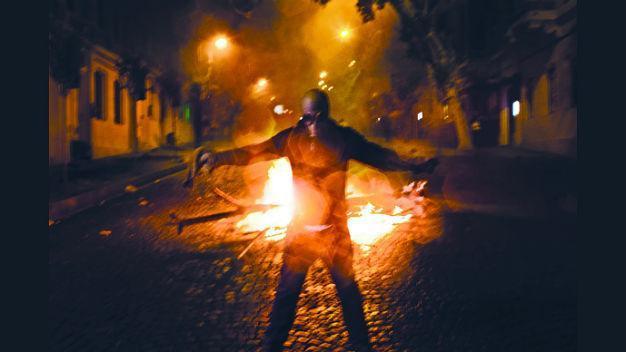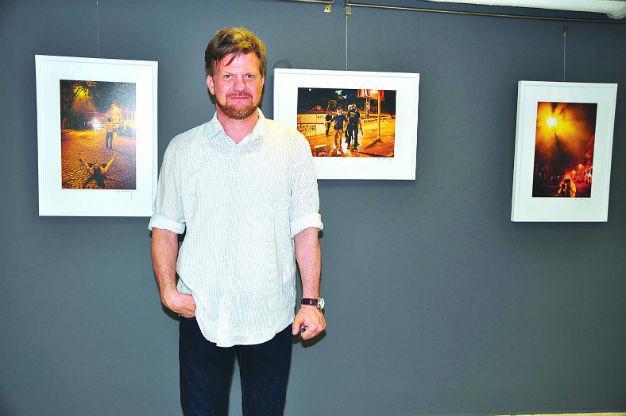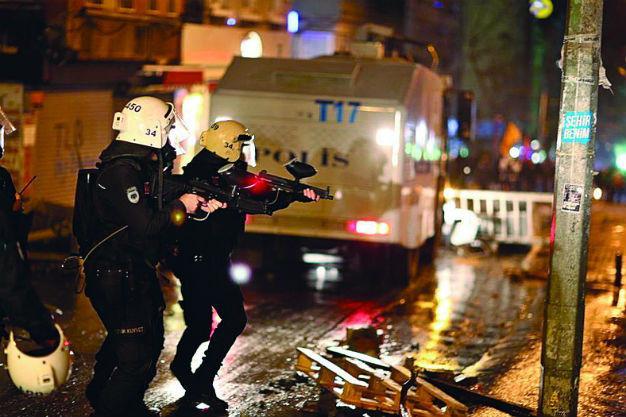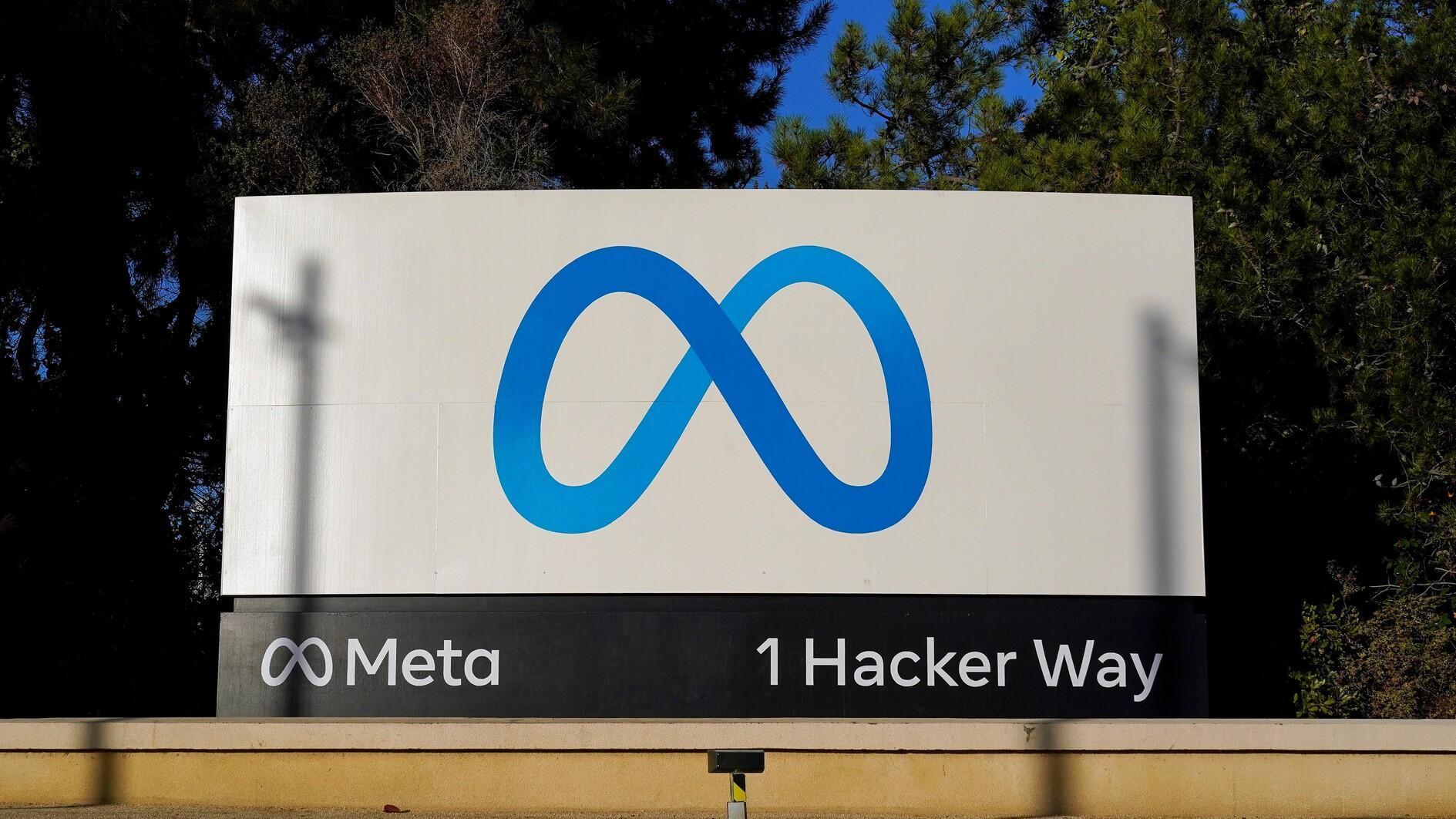Richards’ Gezi Park photos displayed in İzmir
Nazlan Ertan - İZMİR
 “It is Izmir which has chosen me,” Charles Emir Richard says when he is asked why he chose to display “Barricade,” his collection of photos from the Gezi Park events, in İzmir for the first time in Turkey.
“It is Izmir which has chosen me,” Charles Emir Richard says when he is asked why he chose to display “Barricade,” his collection of photos from the Gezi Park events, in İzmir for the first time in Turkey.Standing at the heart of the Kedi Culture and Art Center, right on the port of İzmir, the artist is surrounded by images of the “Great Protest” of 2013: two bare-chested demonstrators against a police vehicle; a single police officer at a corner, surveying the empty street; two young people, one with a Vendetta mask, kissing each other against a backdrop of protests; two figures in T-shirts and gas masks running through a police line; police gathering together to put up barriers.
The expositions, which provide a glimpse of the wave of demonstrations and civil unrest in Turkey at the urban development plan for Istanbul’s Taksim Gezi Park, as well as a wide range of concerns from freedom of expression to secularism, will continue in İzmir until May 31 before moving on to Istanbul.
“We are very happy to display the photos in Turkey for the first time,” said Güniz Can, who has been running the Kedi Culture and Arts Center since 2009 where art talks, workshops, competitions, interviews and panels are held. “All around me in those photos, there are courageous young people, who demonstrated non-violently, despite everything. İzmir is also a city of courageous young people,” she added as she introduced Richards for a conference.
Richards, whose mother is Turkish and father American, is an Istanbul-based artist who specializes in directing music videos and commercials. With several national and international awards to his credit, he has shot commercials for Coca Cola, Fanta, Garanti Bankası and Sony. He is also the name behind Manga’s “Fly to Stay Alive” and, more recently, Teoman’s “Limanda” – the tale of two Syrian refugees trying to cross to Europe via Turkey.
“Photography is a second career, based on a hobby that has become a full-time job,” he told the Hürriyet Daily News in an interview. For the last decade, he has been involved in “serious” photography, for Vogue, Rolling Stone and GQ magazines.

“I was at a dinner party with former colleagues when my wife and one of his friends said there was a demonstration at Gezi Park. She left the dinner and did not come back. She didn’t answer her phone at all. Then, after a while, I got out to go to Taksim and somehow found myself behind the police barricade – where demonstrators were not allowed to pass,” he said, pointing to the first photo he took, in which a single police officer at the corner of a deserted street points a gun forward amid shattered glass and smoke. “I asked the policeman if I could pass. He gave me a hard look and said ‘pass’ and I went on, day after day, taking photos of the demonstrators.”
He kept putting those photos on social media, free of charge, and international media used them. He rejected payment, saying he had already offered them free of charge. Then, in May 2014, he combined them in a book, “Barikat/Barricade” – his fourth photography book, which starts with graffiti of the Park: “You do not have to gas us – we are already sensitive types” and pays homage to Berkin Elvan, Ethem Sarısülük and others who lost their lives in the protests.
“I was on the streets for several months and noticed that I was among the oldest – most were below 30. Then it became a more varied group, people from different backgrounds, with different beliefs and ideologies coming together,” he said.
“I was not protesting,” he added. “I was watching and taking pictures.”
So what do you think of the Gezi Spirit now – after three years? “I do not think that the spirit is gone,” he said. “I think the people realized the potential of civil disobedience. When I talk to the young people, they point out that the park is [still] there so they have succeeded.”

















